Personalizing Post High School Readiness
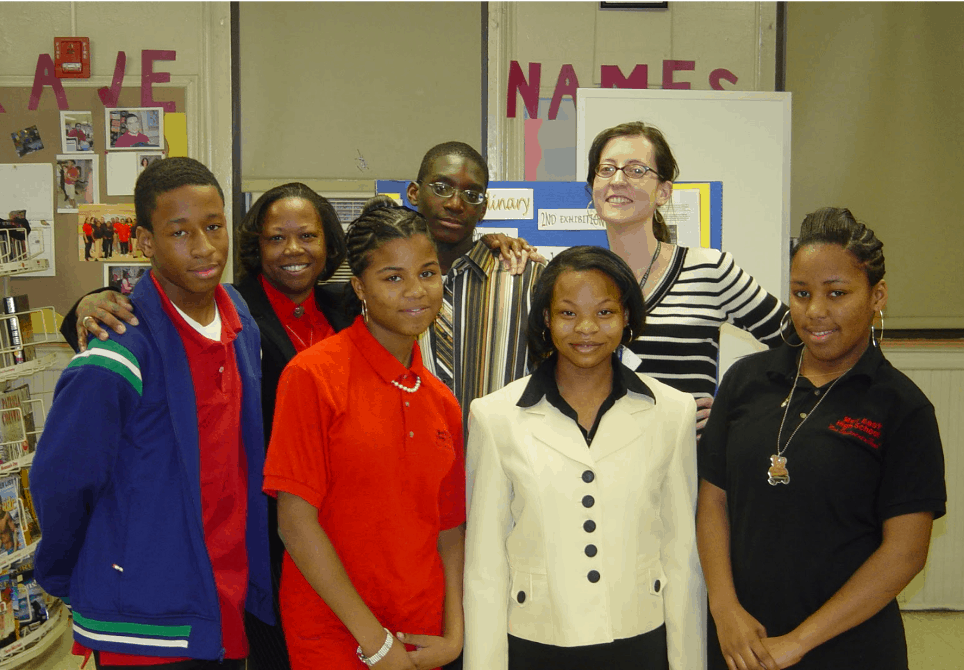
By Jennifer Ghidu
I graduated with my bachelor’s degree ten years after I started it.
Through my work as an advisor in a Big Picture School, and my work partnering with our researchers on our network’s longitudinal study, I can see that the paths of our alums more closely resemble my own trajectory than they do the equation of high school + four year university = success.
Big Picture Learning’s work has always been about personalization. We approach learning as a journey that each student must take, guiding them to explore and prepare for their future. But we haven’t always done so with post-secondary planning and preparation. We’ve learned a great deal about these practices over the past few years.
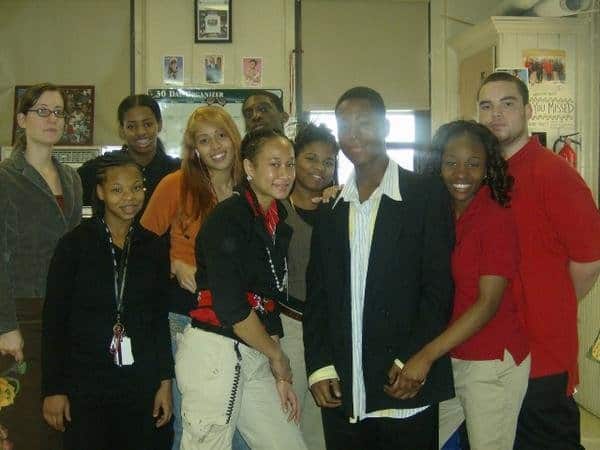 We’ve learned from our students.
We’ve learned from our students.
In the early days of Big Picture, as our organization grew and we launched schools across the U.S. and beyond, many of the school leaders and educators approached post-secondary preparation with a similar approach to other networks and initiatives active in secondary education–we prioritized the preparation of all of our students for college.
We designed programming and provided resources to our network of schools to ensure our students would progress to college. In partnership with Dr. Karen Arnold at Boston College, we began a longitudinal study of our students in 2006 that would track their post-secondary transitions and their lives long after graduation, to determine what outcomes our design would bear.
Longitudinal Study Results
For the cohort years that were the recipients of these programmatic elements (2006-2008), 88% of our graduates in the study transitioned to college. The factors we put in place which led to these outcomes included building off of our 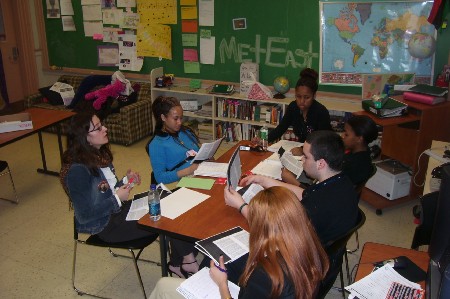 fundamental school design and 10 Distinguishers. We:
fundamental school design and 10 Distinguishers. We:
- Provided college transition counselors in our schools;
- Increased dual enrollment opportunities; and
- Expanded the role of the advisor in college planning.
Our advisors coordinated with the college transition counselors, but took a much more active role in working with their small cohort of students: managing students’ college research, as well as planning and preparation throughout their high school experiences.
The first paper from the Longitudinal Study dove into the experiences of students who did not transition into college. It began to reveal a host of challenging circumstances for first-generation college students regarding the tensions between kids and their families, and conflicts in their sense of identity. These stressors, coupled with practical concerns like finances and paperwork/logistics can all serve to derail students who were on-track to college.
Perhaps the most important lesson we’ve learned about college transition is that you cannot predict which challenge will be the one that pushes a young person away from college enrollment. As Drs. Savitz-Romer and Bouffard put forth in their book Ready, Willing, and Able: A Developmental Approach to College Access and Success, schools must not only help students build a solid academic foundation, but also tackle the thorny issues of self-concept, identity and community, which can undermine post secondary plans.
Connector Study
The most recent iteration of our longitudinal study is the “Connector Study” directed by Dr. Kathryn Wartman. Dr. Wartman focused methods of data collection on the intensive nature of the relationship between students and advisors in our schools, finding that the connection between them continues long after graduation.
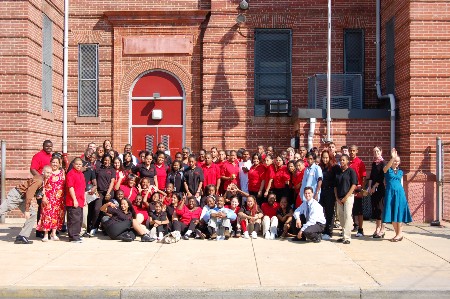 In order to collect qualitative data on Big Picture Learning graduates, she and her team conducted interviews with students’ advisors two to seven years after graduation, finding that advisors could provide useful information on 96% of student alumni, because they were still in close communication with their students:
In order to collect qualitative data on Big Picture Learning graduates, she and her team conducted interviews with students’ advisors two to seven years after graduation, finding that advisors could provide useful information on 96% of student alumni, because they were still in close communication with their students:
- 24% reported to be parenting or expecting.
- 19% reported to have had extraordinary negative life circumstances.
- 90.1% of students were working. 66.5% of students were doing something related to an internship they had in high school.
- 70% of the students who graduated high school in 2008 and 2009 are currently in college.
Looking at this data, it’s easy to see that the typical measures of student success do not tell the whole story, nor do they realistically reflect students’ post secondary realities. To begin with, the standard measure of degree attainment is on a six-year timeline.
For many of our graduates, who we’ve learned “swirl” between different institutions and financial responsibilities as they enter adulthood, it’s difficult to complete a degree on this timeline. Speaking as a former advisor of a class who graduated six years ago, two of my former students are now cycling back into college after a long break. For the three of us, and so many other young people, college was not the right fit after graduation.
Life-Readiness is as Important as College Readiness
This is what post secondary planning should really be about. Beyond our college data set, we see our students encountering many of the same difficulties–the “extraordinary negative life circumstances–that they experienced in life. We also see a high percentage of our students transitioning into the workforce after graduation and working while in college. Building in our students the skills, resilience and personal and professional networks that they need–these are currently the areas we focus on when we talk about post secondary readiness.
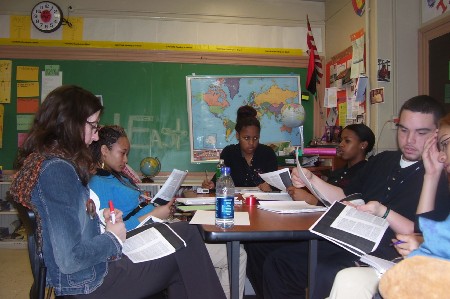 We have seen an up-swing in the importance of certification programs and CTE work in schools across the country. Our internship program has shown the significance of work-based learning, and our new research initiatives will focus on looking at the impact of internships on life-readiness, employment and income for our students, as well as college transition. We will also continue to focus our work on individual project work, pushing students to gain skills of organization, goal-setting and problem-solving that will serve them well in college and the world of work.
We have seen an up-swing in the importance of certification programs and CTE work in schools across the country. Our internship program has shown the significance of work-based learning, and our new research initiatives will focus on looking at the impact of internships on life-readiness, employment and income for our students, as well as college transition. We will also continue to focus our work on individual project work, pushing students to gain skills of organization, goal-setting and problem-solving that will serve them well in college and the world of work.
As we are seeing more of our low-income students graduate from high school and head to college than in previous decades, colleges are now forced to consider how they can best serve them. So we’ve seen that the question of how to prepare our students for college is now turning into a question of how colleges can prepare for our students.
As secondary schools have developed more engaging programming that puts students at the center of their learning, colleges are now enrolling first-generation students at a much higher rate, and traditional programming and pedagogy is not working to keep them connected and successful. Many post-secondary institutions are moving in the direction of new “high-impact practices,” and Big Picture founder Dennis Littky has created College Unbound to provide exceptional, transformational college experiences to non-traditional students.
The question of how to best set up our students for success in life is not a question of getting students access to college. The most important question is what individual pathway is best for each student. Though obstacles like students’ personal lives, self-perception and the many aspects that contribute to summer melt continue to provide challenges to entry, instead of pushing through these obstacles we should stop to consider what they are telling us.
Our work is to develop students’ skills, self-knowledge and confidence around navigating their worlds, and making decisions that will provide the best outcomes for their future lives. As Andrew Frishman, Big Picture Learning’s co-director recently put it: “Our work is not to teach our students to fish; it’s to teach our students’ children to fish.”
We must help them reach their full potential as people with an eye toward the far horizon of their futures, and not just look to the simple threshold of college enrollment.
For more, see:
- 4 Ways Big Picture Learning Prepares Leaders for Deeper Learning
- Big Picture Learning Pilots Dual Enrollment with College for America
- Leadership Mindsets for Breakthrough Leaders
Jennifer Ghidiu is Regional Director of Network Support and Research with Big Picture Learning, a former advisor & school leader, an active advocate for student-centered schools and a proud mama. Follow her on Twitter:@JenniferGhidiu.
Stay in-the-know with all things EdTech and innovations in learning by signing up to receive the weekly Smart Update.



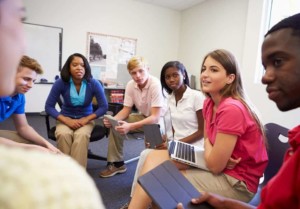
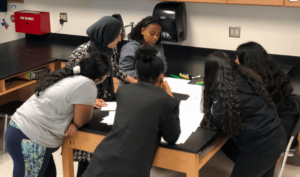
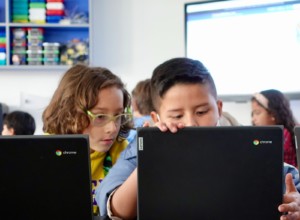

0 Comments
Leave a Comment
Your email address will not be published. All fields are required.